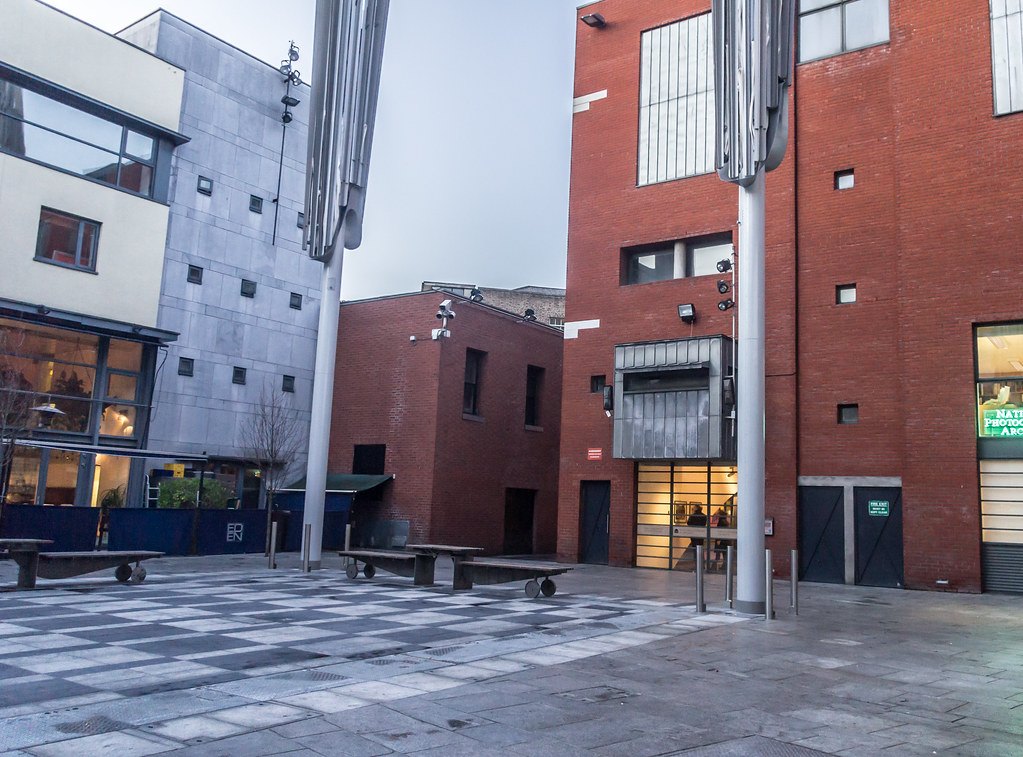Identity of Place
Identity and Memory
Visibility and Reputation
Cultural Landscape and Aesthetics
Heritage-led Regeneration and Adaptive Re-use
This theme emphasises the importance of cultural heritage in defining and constructing identity and belonging.
The identity of place can be accessed by exploring the interaction between identity and memory and the visibility and reputation of the heritage today.
The use of space is also central in the identity of place, both in the context of heritage-led regeneration and adaptive reuse and in the intervention’s design and relation with the surrounding cultural landscape.
The Historic Urban Landscape (HUL) is an approach defined in the UNESCO Vienna Memorandum to manage the relationships between conservation and development. Instead of limiting the interventions to the buildings, it considers the concept of place as well as their impact on the identity and social cohesion. HUL “provides quality, sense and meaning to the urbanization processes”.
Identity of Place also tallies with the UN Sustainable Development Goals, specifically with regards to making “… cities and human settlements inclusive, safe, resilient and sustainable.”

Any heritage intervention must be seen in context of its wider impact. The present is determined by the past, and impacts on the future. Identity of place is largely about discourses surrounding the cultural heritage in terms of historic narratives, but also contemporary discourses defining the reputation of a place.
Special consideration must be given to the involvement of stakeholders and communities and their long-term vision for the space.
Temple Bar is an area in Dublin which long-time heritage dating back to the Vikings was threatened to be demolished in the 1980s due to its decay. After a successful lobby from a network of organisations in the 1990s, its transformation in a cultural quarter became an example of culture-led urban regeneration for its respectfully maintained heritage and a mixed-use urban design approach between economic, cultural, and social uses of buildings and public realm.

In the project Sea Tamagotchi: Foclóir Farraige of Galway (Ireland), fishermen and folklorists shared their knowledge, so they were able to bring to life the old vocabulary, stories and place names of the Irish language associated with the Irish coast of the Atlantic. This project, which enhanced the identity of place, was fostered by the European Capitals of Culture programme, which brought together urban and rural people around heritage.
Click on a theme to follow its story: